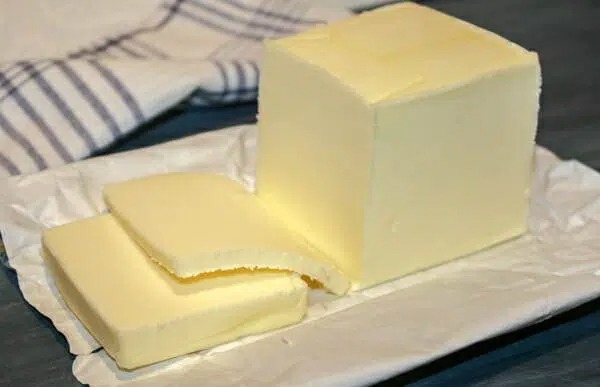ADVERTISEMENT
– **Compound Butter**: Compound butter is butter mixed with additional ingredients such as herbs, spices, garlic, or citrus zest. By mixing your butter with flavorful additions, you can use smaller amounts of butter while still getting a bold taste. Compound butter can be spread on bread, used to top meats or vegetables, or stirred into pasta dishes.
– **Garlic Butter**: Garlic butter is a classic spread or sauce that’s perfect for bread, pasta, and meats. You can make garlic butter by combining softened butter with minced garlic, herbs, and a bit of salt. You don’t need a lot of butter to create a flavorful garlic butter sauce, and it can stretch your butter further.
– **Herbed Butter for Vegetables**: To add extra flavor to steamed or roasted vegetables, melt butter with herbs like thyme, rosemary, or parsley. By adding flavoring ingredients to your butter, you can stretch the butter and use it to enhance a variety of dishes.
#### 4. **Incorporate Butter into Savory Dishes**
Butter isn’t just for baked goods—it can also play an important role in savory dishes. By using smaller amounts of butter strategically, you can stretch it further while still achieving the desired flavor.
– **Sautéing and Stir-Frying**: When sautéing or stir-frying, you don’t need to use a lot of butter. A tablespoon of butter combined with olive oil or another fat is often enough to coat the pan and add flavor to vegetables, meats, or seafood.
– **Sauces and Gravies**: Use butter as a base for sauces and gravies. By combining butter with flour or stock, you can create rich, velvety sauces that can be used to coat meats, pasta, or vegetables. This allows you to use smaller amounts of butter to make a larger quantity of sauce.
– **Baked Potatoes**: Instead of slathering your baked potato with a lot of butter, try using just a small amount along with other toppings like sour cream, chives, or cheese. You’ll still enjoy the buttery flavor without using too much butter.
#### 5. **Bake with Butter Blends**
In many baking recipes, you can stretch your butter by replacing part of it with other ingredients, such as sour cream, yogurt, or even nut butters. These ingredients can provide a similar texture or moisture while reducing the amount of butter needed.
– **Butter and Sour Cream**: If you’re making baked goods like cakes or muffins, replace some of the butter with sour cream. This will help keep the baked goods moist while reducing the overall fat content.
– **Nut Butters**: Nut butters like peanut butter or almond butter can replace part of the butter in baked goods for a nutty flavor and creamy texture. For example, in cookies, replace half of the butter with peanut butter for a delicious twist on traditional recipes.
#### 6. **Use Butter for Cooking in Smaller Amounts**
Instead of using butter as your primary cooking fat for every dish, try using it in small amounts when you want to add a rich flavor to your meals.
– **Butter as a Finishing Touch**: Use butter as a finishing touch on dishes like roasted vegetables, pasta, or rice. By adding a pat of butter right before serving, you enhance the flavor without using excessive amounts.
– **Butter in Baking**: In baking, butter is often used for texture and flavor, but it’s often possible to reduce the butter in the recipe without sacrificing quality. Consider cutting down on the amount of butter used in cookies, cakes, or muffins and supplementing with other fats.
#### 7. **Freeze Butter for Later Use**
If you’ve accumulated extra butter or if it’s nearing its expiration date, freezing is an excellent way to stretch its shelf life. Butter can last in the freezer for up to 6 months, and it doesn’t lose its flavor or texture when frozen.
– **Freeze Butter in Portions**: Cut the butter into smaller portions before freezing it. This allows you to pull out only what you need and prevents waste. You can even freeze butter in ice cube trays for easy portion control.
– **Label and Date**: Be sure to label your butter with the date before freezing it, so you know how long it’s been stored.
### **Conclusion**
Stretching your butter is all about being creative in the kitchen and finding ways to reduce waste while still enjoying the flavor and richness that butter brings to your dishes. From mixing butter with other fats to using it strategically in savory and sweet dishes, there are plenty of ways to maximize your butter usage. By following these tips, you can ensure that your butter lasts longer, provides more meals, and enhances your cooking without breaking the bank. Whether you’re baking, cooking, or preparing spreads, stretching your butter allows you to get the most out of this versatile ingredient.
